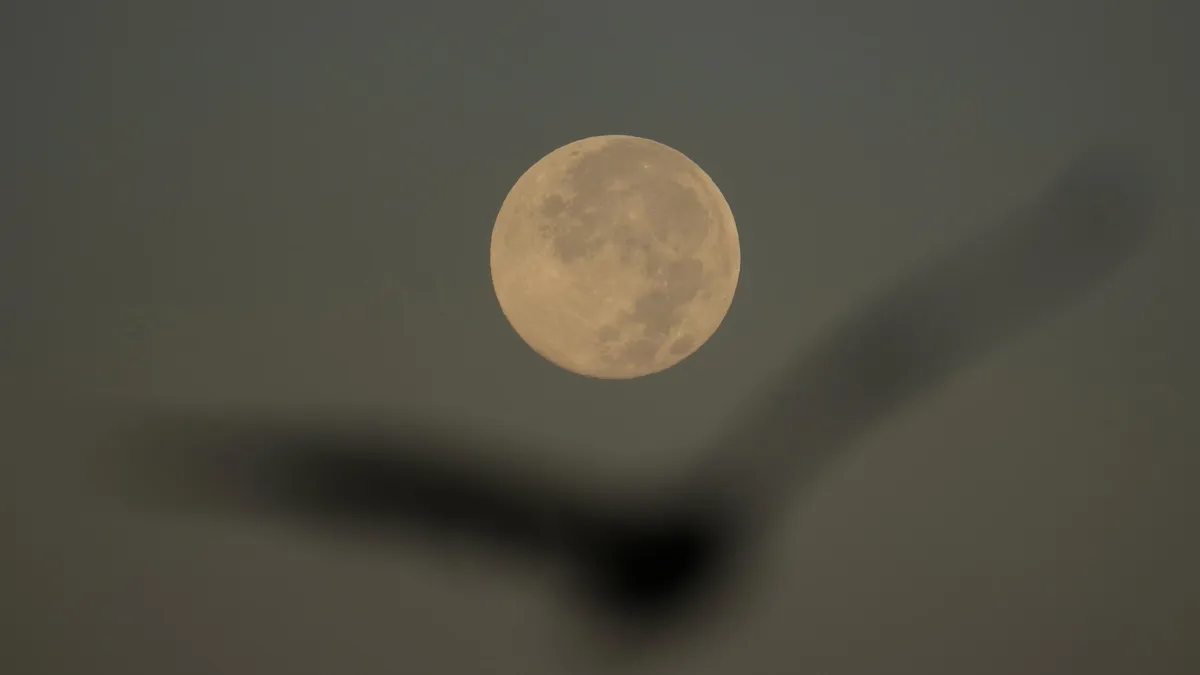
On Wednesday night, sky enthusiasts and casual stargazers alike will have the opportunity to witness the closest supermoon of the year. This celestial event promises a bigger and brighter moon, captivating viewers with its stunning appearance. The moon’s orbit around the Earth is not a perfect circle, resulting in its varying distances from our planet. A supermoon occurs when a full moon aligns with its closest point to Earth, known as perigee.
A supermoon is defined as a full moon that is particularly close to Earth during its orbit. According to NASA, this phenomenon causes the moon to appear up to 14% larger and 30% brighter than the faintest moon of the year. For November, this supermoon marks the second of three supermoons in 2023, with this particular moon being the closest, coming within just under 222,000 miles (or 357,000 kilometers) of Earth.
During a supermoon, tides may experience slight increases due to the moon’s proximity to Earth. Astronomer Lawrence Wasserman from the Lowell Observatory notes that while the tides may be somewhat higher, the difference is not particularly noticeable to the average observer. This makes the supermoon a fascinating event to observe without any significant alterations to our daily lives.
Viewing the supermoon is straightforward; no special equipment is necessary as long as the skies are clear. However, discerning the change in the moon’s size can be challenging to the naked eye. Shannon Schmoll, director of Abrams Planetarium at Michigan State University, emphasizes that “the difference is most obvious when comparing images or observations.” Therefore, it might be beneficial to have a reference point, such as observing the moon against familiar landmarks.
Supermoons occur several times a year, and this November supermoon follows one that took place in October. Stargazers should also mark their calendars for the final supermoon of 2023, which will occur in December. Each supermoon offers a unique opportunity to appreciate the natural beauty of our celestial neighbor.
The Associated Press Health and Science Department receives support from the Howard Hughes Medical Institute’s Department of Science Education and the Robert Wood Johnson Foundation. However, the AP remains solely responsible for all content.